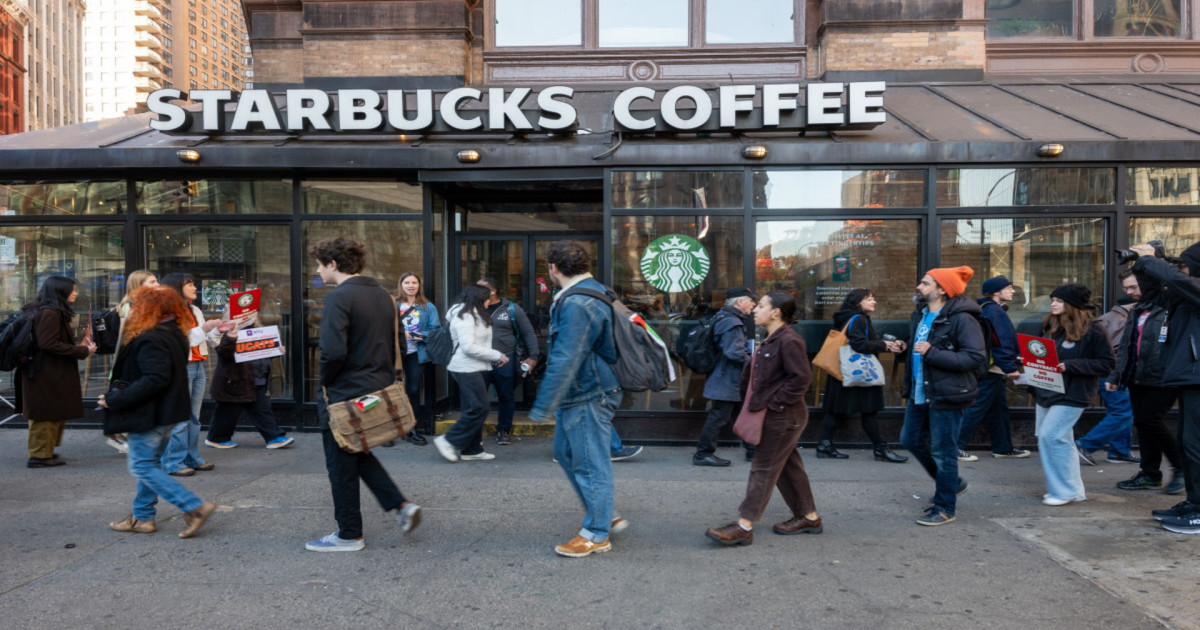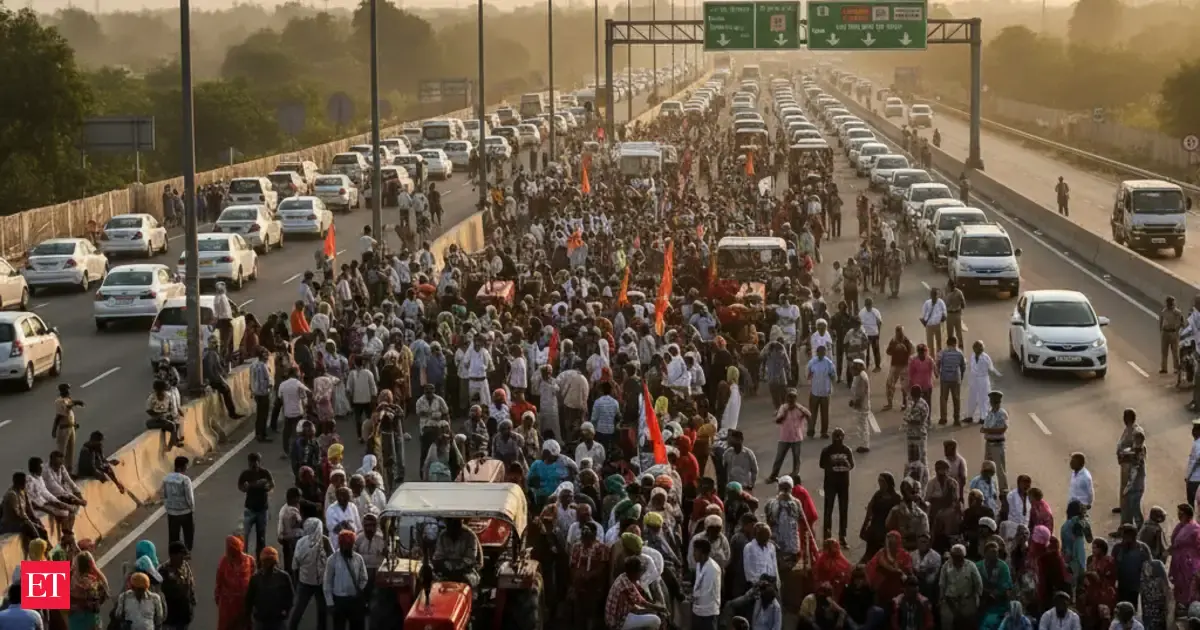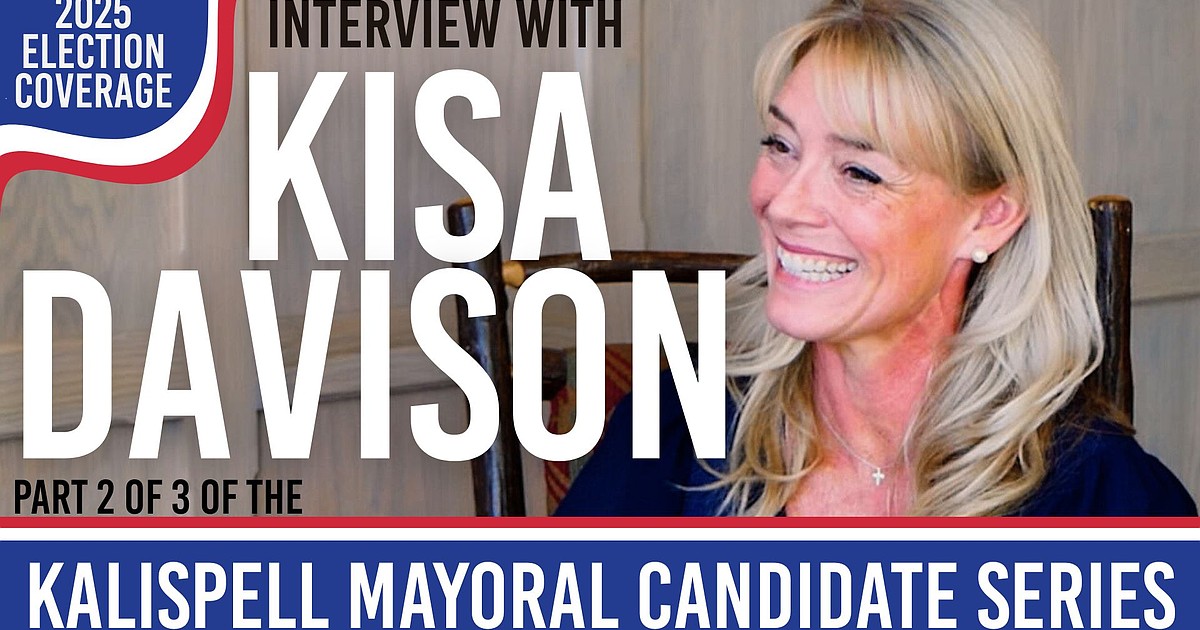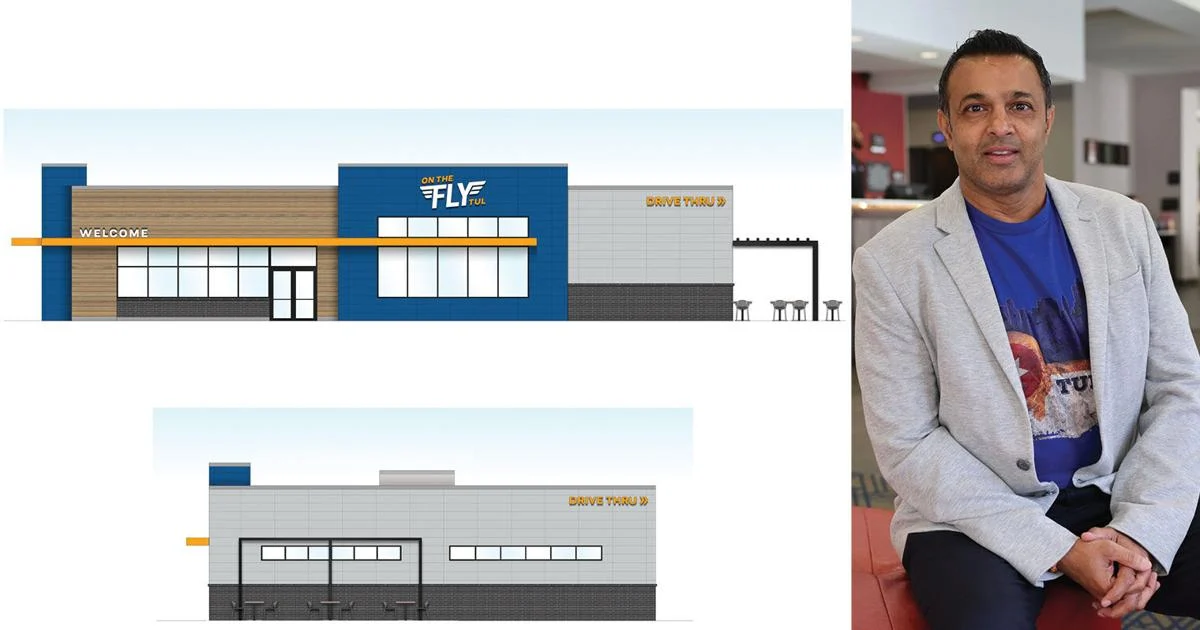Copyright The Street

A business exists to make money, but when revenue begins to weaken, survival depends on finding a way to earn it back. Under its “Back to Starbucks” strategy, Starbucks aims to return to its roots by focusing on a more personal, community-centered coffeehouse experience. The turnaround plan is designed to reverse declining sales and rebuild the brand’s relationship with customers. But reinventing one of the world’s largest coffee chains is expensive and takes time. To streamline operations and reduce expenses, Starbucks has closed several locations and eliminated thousands of corporate roles. And more cuts are coming. Starbucks recently revealed plans to shrink its North American footprint by about 1% in fiscal 2025, reducing its store count from 18,734 locations in the third quarter to around 18,300 by the end of the fiscal year. This restructuring will cost roughly $1 billion, with 90% of the expenses coming from North America. Most closures will target underperforming stores or those unable to meet the new design standards. These shutdowns are part of Starbucks’ push to restore its stores as a “third place,” a welcoming space between home and work to encourage customers to spend more time in its stores, improve declining foot traffic, and boost sales. Starbucks rolls out store revamps and new design Starbucks (SBUX) launched the “Coffeehouse Uplift,” a multi-year plan to invest about $150,000 per store and remodel 1,000 locations by the end of 2026. The company aims to minimize downtime by slowing new builds and major renovations while focusing on upgrading existing stores. In August, Starbucks unveiled plans to close all pickup-only locations, around 90 nationwide, as the format no longer fits its vision. Instead, it introduced two new store prototypes better aligned with its renewed emphasis on connection and in-store experience. Starbucks closing stores in the UK Since opening its first UK store in London in 1998, Starbucks has grown to over 520 company-owned locations across the country. However, the coffee giant has quietly closed several UK stores. Starbucks UK locations closed Ilford, London (225-227 High Road): Closed Thursday, October 2 Brunel Retail Park, Whitley: Closed Wednesday, October 16 Leyton Mills Retail Park, London: Closed Sunday, October 19 London Bridge Station: Closed Monday, October 20 Balham, London: Closed Sunday, October 26 Exchange Place, Glasgow: Closed Sunday, October 26 Kings Lynn, Norfolk: Closed Sunday, October 26 Muswell Hill Broadway, London: Closed Sunday, October 26 Holburn Junction, Aberdeen: Closed Sunday, October 26 Holland Park, London: Closed Sunday, October 26 Source: TimeOut “In Europe Middle East & Africa (EMEA), we have conducted a similar review of our company-operated store portfolio with the goal of ensuring that our stores are correctly located, generating appropriate levels of foot traffic and operating in the right formats,” said Starbucks CEO Brian Niccol in a press release. Despite the closures, this doesn’t mark the end of Starbucks’ presence in the UK. The company plans to open 80 new locations. Starbucks faces ongoing challenges While these initiatives will take time to show results and regain lost market share, Starbucks continues to face headwinds as it manages high restructuring costs and ongoing declines in sales and traffic. “We’ve fixed a lot and done the hard work on the hard things to build a strong operating foundation,” said Niccol. “In 2026, we’ll unleash a wave of innovation that fuels growth, elevates customer service, and ensures everyone experiences the very best of Starbucks. We’re building back a better Starbucks experience and a better business.” More Closures: Walmart announces unexpected store closure Popular discount retailer announces closure amid financial struggles Iconic Mexican restaurant chain makes comeback after 20-year hiatus However, the company still has work to do. In the third quarter of fiscal 2025, global comparable store sales fell 2%, driven by a 2% transaction drop. “Starbucks isn’t just facing short-term pain,” Sidhant Prusty told Coffee Intelligence. “It’s confronting a deeper misreading of consumer sentiment. While operational efficiency and digital convenience have improved, they’ve come at the cost of the in-store experience that once defined the brand.” Other restaurant chains closing UK locations Starbucks’ recent closures seem part of a broader industry trend affecting the UK market, as multiple major food service chains have closed over the past year.



